The next morning was Tuesday and we slept in until 9:00 a.m., an hour later than we wanted to. Vere went to fetch us our almond croissants while I made my coffee and his tea. I checked out to see how the pigeon was doing. She was not on her nest and thought she must be looking for food. I wondered how long a hen could remain away from the nest. I found out that a mother can leave her eggs from five to seven days while out foraging. It is a wonder that the cool of the night does not affect the eggs.
We decided to figure out how to work the combo washer/dryer so we could do a little laundry. We found the booklet with directions in a kitchen drawer, all in French, but we understood them. There were three different scented detergents under the sink to choose from: jasmine, rose and citrus. Vere didn’t want any of them for his clothes, but I suggested we at least start with my color load and use the rose detergent to get used to operating the machine. We got it going and then took off for our foray through town.
Our first museum for the day was the Musée Granet, at the site of a former Hospitallers’ priory of 1838. The museum had three floors with long stairs in-between, but we took the elevator, which took a guard to unlock it for us. We said it was because of my knees, and he said, “mine too!” The rooms were filled with over 200 works by Francois Marius Granet, himself a painter of note, and there was also a collection of more than 12,000 works by other artists: Cezanne, Picasso, Leger, Matisse, Monet, Klee, and Van Gogh with his self-portrait. It also had a collection of David Hockney, an English painter, draftsman, printmaker, stage designer, photographer, and an important contributor to the pop art movement of the 1960s. He is considered one of the most influential British artists of the 20th century.
- Self-Portrait of Van Gogh
- The Middle-aged woman – Anonymous from the French School [notice the symbolism of her fingers.]
- Woman with a Hat by Pablo Picasso.
The Musée Granet had a second building which continued more offerings, just a couple of blocks away, which was in a 13th century Gothic church in the Mazarin quarter. It was built as a fortified place of worship by the Knights Hospitaller, was the first of its kind in Provence, and was once the burial place of the medieval Counts of Provence. There were more of Cezanne’s works in the building. One has to like Cezanne’s work to enjoy it. I favor more his earlier works that are more of realism, but seems he became more disenchanted and confused as he got older and went into his post-impressionist and cubism phase. He is noted for his influence in the avant-garde movement. I’m with the critics who say he “provoked incomprehension,” but did they need to say that he drew “ridicule in contemporary art”? I mean, isn’t that what contemporary art is, the new challenge to the old?
We took a break and walked the Cours Mirabeau near the King Rene statue to the café right next to him, called – you guessed it – the Café King Rene. I had a Vegetarian Cesar salad that even had some eggplant in it, but the dressing was not a Caesar. Dijon with its characteristic horseradish aftertaste, is not what I would consider any part of a Caesar. Vere had a ham and cheese pizza. We sat at a table right on the sidewalk which was so pleasant to sit in the shade of the big trees, and watch the crowd go by.
When we finished eating, we walked to the Hotel de Caumont, where there was a large exhibit of Max Ernst’s works. We are not particularly fond of the artist’s works of Dada and surrealism, but Ernst’s works were on display where he had once lived, and the building has been touted as the most beautiful mansion in Aix.
Early on, he was influenced greatly by the creational aspect of nature. He painted illustrating the relationship of the four elements with an alchemical and esoteric interpretation, often combining the vegetable and animal. In his later works, he took an interest in Freudian analysis, and sometimes his dreamscapes had headless bodies and bodiless hands that would appear amid lush forests or on deserted beaches. Perhaps due to his many female lovers, he took a great interest in the sensuality of eros, and painted the female figure with nature and with a nurturing physical embrace. He also painted images of birds, which has been linked to his experience one day when both his parrot died and his younger sister was born. So birds served as both an expression of release, freedom, and jubilation all in one. But in contrast, in the years leading up to and during World War II, Ernst produced works that reflected the ominous atmosphere of war. He is most known for his collage work and the invention of frottage, a technique of placing paper over a textured material, such as wood grain or metal mesh, and rubbing it with a pencil or crayon to achieve various effects.
After a brief period of relaxing at the apartment we went out to dinner, just down the block. A light drizzle had kept the majority of tourists in their hotels, so the streets were nearly deserted, which boded well for us in getting a table right away in Le Petit Bistrot. Vere had a chicken burger with fries, and I had a peanut butter and banana shake with an apple and pear crumble. The shake was not very good as it was unsweetened and a bit chalky from most likely them using powdered peanut butter. But the crumble was delicious.
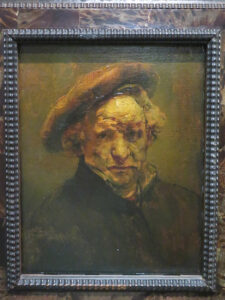
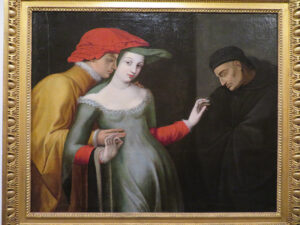
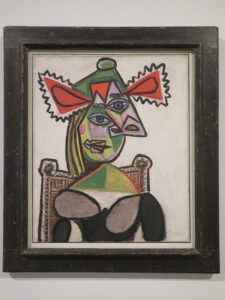

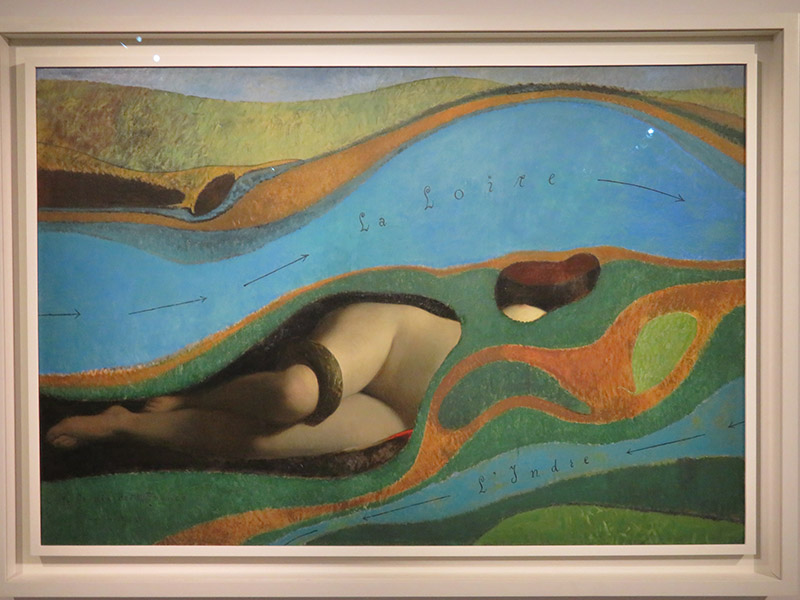
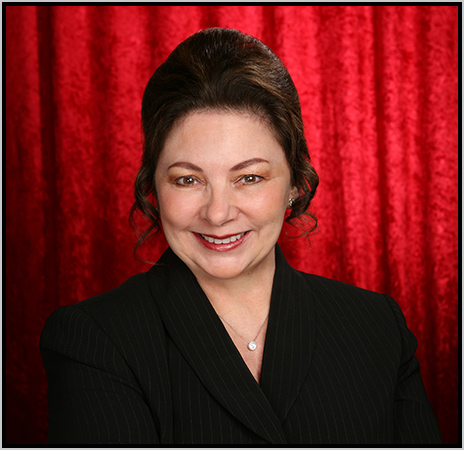 The official website of Lita-Luise Chappell, writer on sex, magic, food, distant lands, and everyday life with articles, poetry, novels, travelogues, rituals, cookbooks, and short-stories.
The official website of Lita-Luise Chappell, writer on sex, magic, food, distant lands, and everyday life with articles, poetry, novels, travelogues, rituals, cookbooks, and short-stories.
